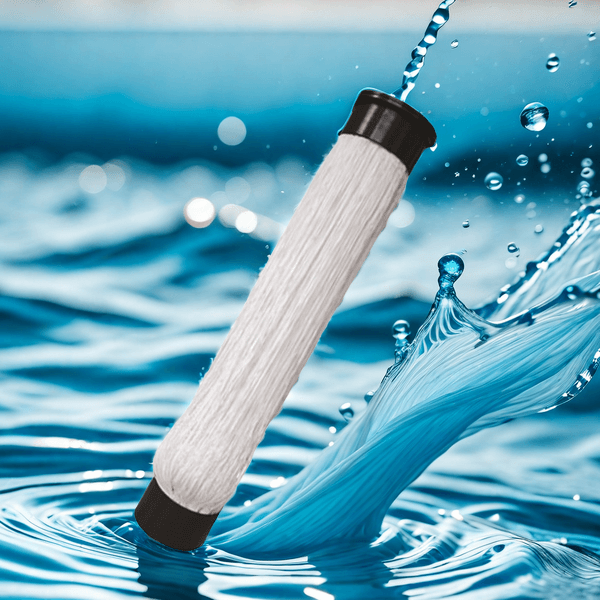Four classifications of MBR membrane bioreactors
In membrane bioreactor (MBR) technology, MBR membranes are key components that can be classified into various types based on material, structure, and application scenarios. Below, we will provide a detailed introduction to the four main classifications of MBR membranes.
1. Classification based on membrane materials
Organic membranes: These types of membrane materials have relatively low costs, mature manufacturing processes, and diverse pore sizes and forms. Common organic membrane materials include polyolefins, polyethylene, polyacrylonitrile, polysulfones, etc. However, organic membranes are prone to contamination during operation, have low strength, and relatively short service life.
Inorganic membrane: made of inorganic materials such as metals, metal oxides, ceramics, etc. Inorganic membranes have high mechanical strength and chemical stability, but their cost is usually high.
2. Classification based on membrane structure
Flat membrane: composed of multiple parallel arranged membranes, suitable for internal and external pressure operation. Flat membrane has good cleaning and maintenance convenience, and although it is not as popular as hollow fiber membrane in MBR applications, it still has advantages in certain specific situations.
Hollow fiber membrane: It has high compressive strength and is not easily deformed. It is divided into types such as curtain membrane and column membrane, and is mostly used in submerged MBR systems. Hollow fiber membrane is one of the most commonly used membrane forms in MBR.

3. Classification based on application scenarios
Immersion MBR membrane: Directly immersed in the mixed solution of the bioreactor, filtered through the suction action of the pump. The advantage of this method is its small footprint, but attention needs to be paid to membrane cleaning and maintenance.
External MBR membrane: The mixed liquid in the bioreactor is pumped to the membrane component for filtration, and the filtered clean water is discharged, while the concentrated water is returned to the bioreactor. External MBR facilitates membrane cleaning and replacement.
4. Classification based on aperture size
Microfiltration membrane (MF): The pore size is usually between 0.1 and 0.4 μ m, which can meet the requirements of solid-liquid separation. Microfiltration membranes are widely used in MBR, mainly for removing suspended solids and particles.
Ultrafiltration membrane (UF): With a smaller pore size than microfiltration membrane, it can further remove small particles, bacteria, viruses, etc. from the solution. Ultrafiltration membranes are applied in situations where higher water quality standards are required.
In summary, the four main classification methods of MBR membranes include membrane material, membrane structure, application scenarios, and pore size. These classification methods help us better understand and select MBR membranes that are suitable for specific application scenarios. With the continuous development of technology, MBR membranes will play a more important role in the field of water treatment.
